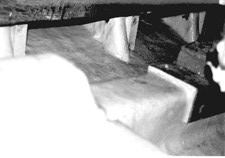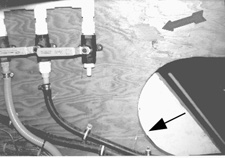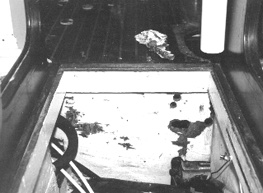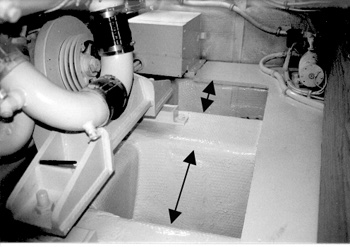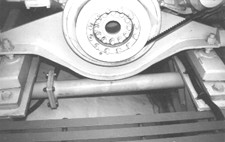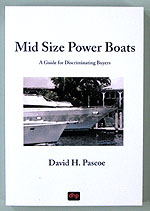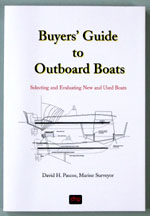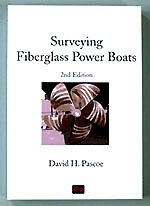| From Article Hull Design DefectsPart IPhotos by David H. Pascoe, Marine Surveyor
Go to Article
First posted 6/10/97 at David Pascoe's site www.yachtsurvey.com. |
||||||||||||||||||
PHOTO
LIBRARY
last updated
Articles, Images - Copyright ©1996-2018 David H. Pascoe All Right Reserved.
Web Site Design - Copyright ©1996-2018 D. H. Pascoe & Co., Inc. All Rights Reserved.
Destin, Florida
Web Site Design - Copyright ©1996-2018 D. H. Pascoe & Co., Inc. All Rights Reserved.
Destin, Florida




